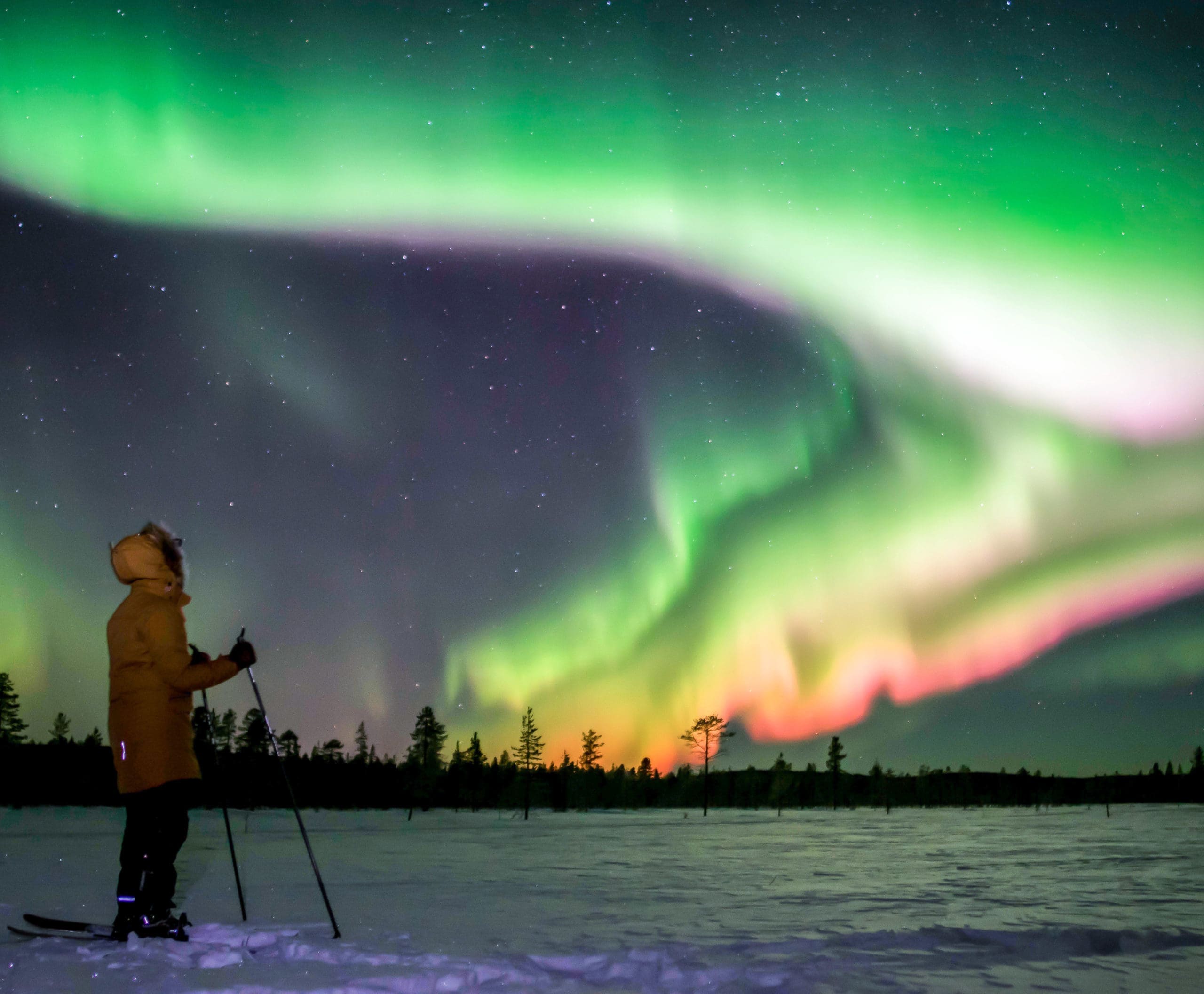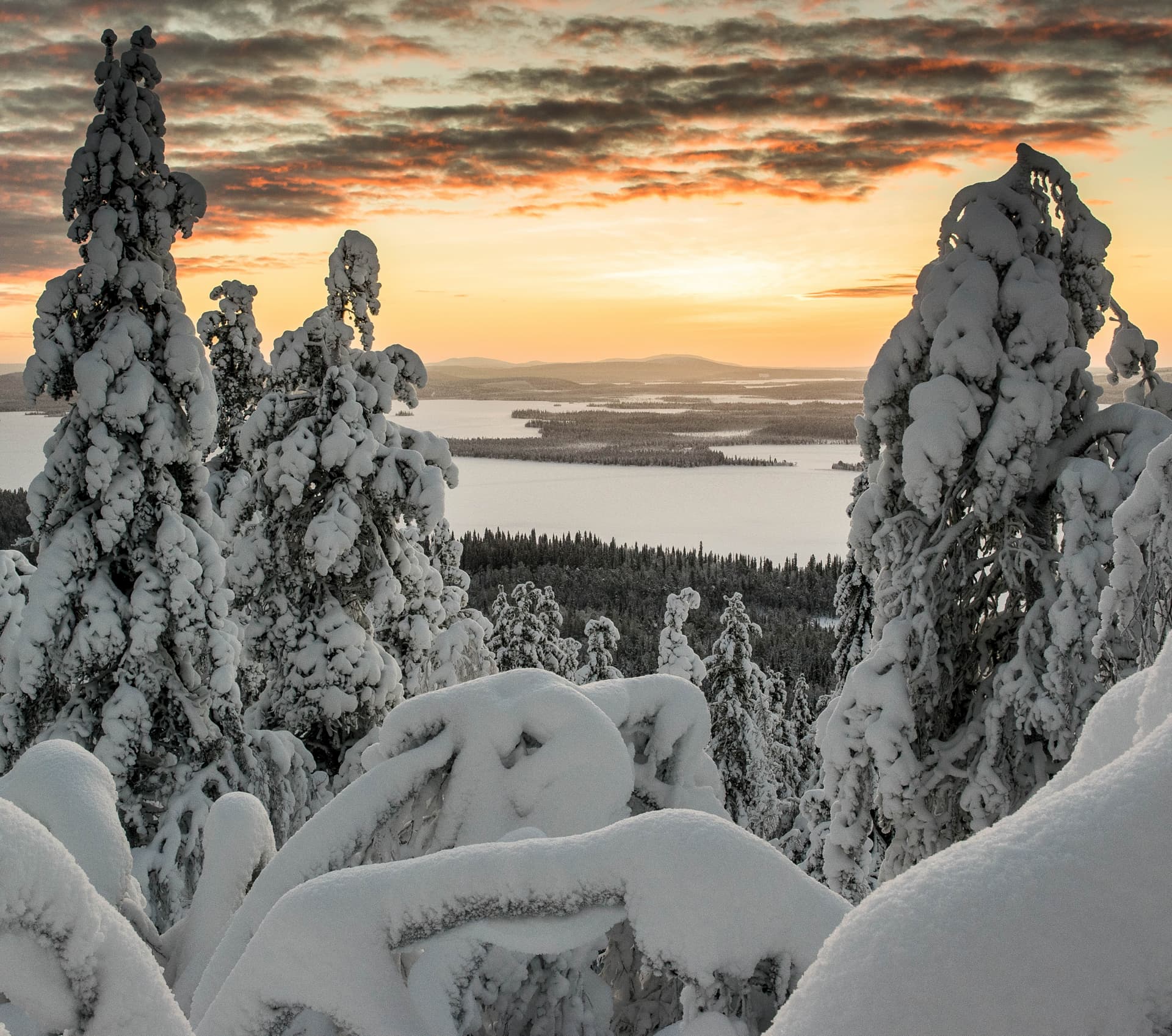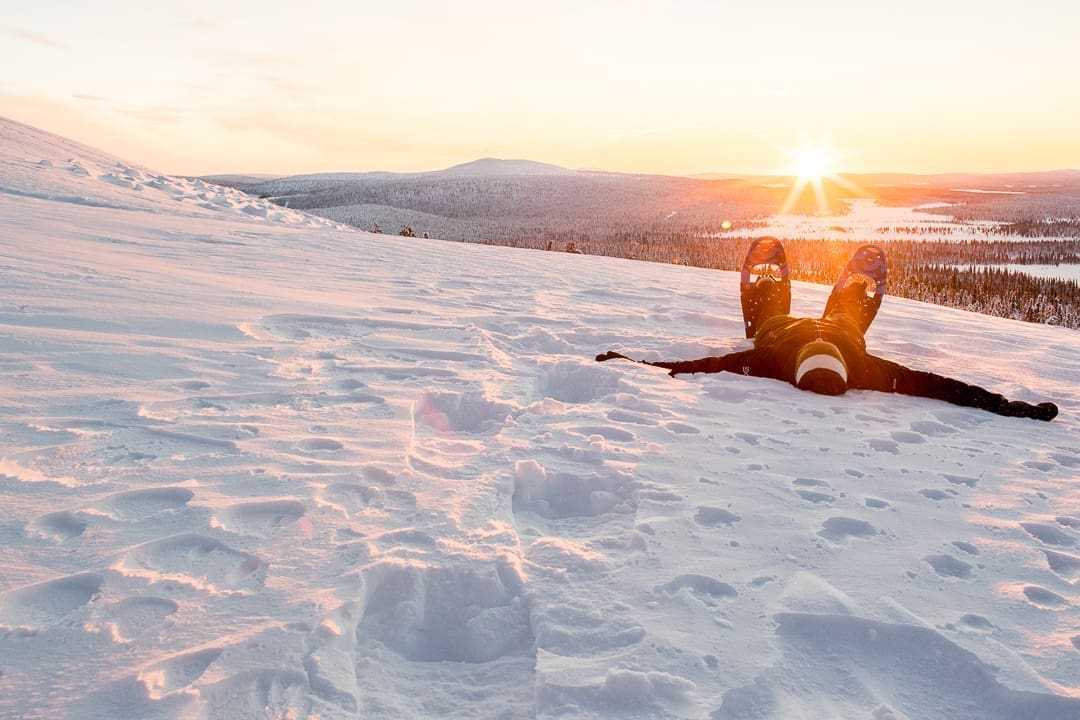Thick Fur and Insulating Undercoat
Reindeer are well-equipped to handle the harsh, cold climates of the Arctic and sub-Arctic regions. One of their primary adaptations is their thick fur. This fur consists of two layers: a dense undercoat and a longer, hollow-haired outer coat. The undercoat provides excellent insulation, trapping heat close to the body.
The hollow hairs of the outer coat add an extra layer of insulation by trapping air, which helps to keep the reindeer warm. This dual-layered fur is essential for surviving the extreme cold, especially during the long Arctic winters when temperatures can plummet to -50°C (-58°F).
Specialized Hooves
Reindeer hooves are another remarkable adaptation to their cold environment. In the winter, the pads of their hooves shrink and tighten, exposing the sharp edges of the hooves. This allows them to dig through snow to find food and provides better traction on icy surfaces.
During the summer, the pads become softer and spongier, which helps them walk on the soft, wet tundra. This seasonal adaptation ensures that reindeer can move efficiently and safely throughout the year, regardless of the ground conditions.
Efficient Metabolism
Reindeer have a highly efficient metabolism that allows them to survive on a diet that is often low in nutrients. In the winter, they primarily feed on lichens, which are rich in carbohydrates but low in protein. Their digestive system is specially adapted to break down these tough, fibrous plants.
Additionally, reindeer can slow down their metabolism during the harshest winter months, conserving energy and reducing the need for food. This metabolic flexibility is crucial for surviving periods when food is scarce.
Seasonal Behavior and Migration
Reindeer are migratory animals, and their seasonal movements are another key adaptation to their environment. In the summer, they move to higher elevations or further north to find abundant food and avoid biting insects. In the winter, they migrate to lower elevations or more sheltered areas where the snow is less deep, making it easier to find food.
This migration helps them take advantage of the best available resources throughout the year and avoid the worst of the weather conditions. It also reduces the pressure on any one area, allowing vegetation to recover and ensuring a sustainable food supply.
Social Structure and Herding
Reindeer are social animals that live in herds, which can range from a few individuals to several thousand. This social structure provides several advantages, including protection from predators and increased efficiency in finding food. Herding behavior also helps reindeer conserve energy by reducing the need for individual vigilance and allowing them to take turns leading the group through deep snow.
Herding is not only a survival strategy for the reindeer but also a cultural practice for the people who depend on them. Reindeer herding is a traditional livelihood in many Arctic communities, and understanding the behavior and needs of the herd is essential for successful herding.
Réservation d'un circuit en Laponie avec Wildmaker Lapland
If you’re fascinated by the incredible adaptations of reindeer and want to experience their natural habitat firsthand, consider booking a tour with Wildmaker Lapland. We offer a range of tours that allow you to explore the stunning landscapes of Lapland and learn more about the unique wildlife that inhabits this region.
Our services include guided tours, reindeer safaris, and opportunities to observe reindeer in their natural environment. Whether you’re interested in a short excursion or a more immersive experience, we have options to suit every traveler. Join us for an unforgettable adventure in the heart of Lapland.



